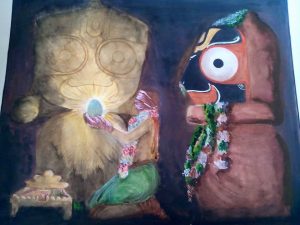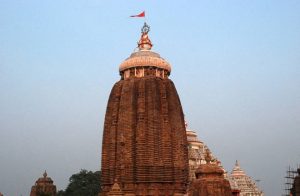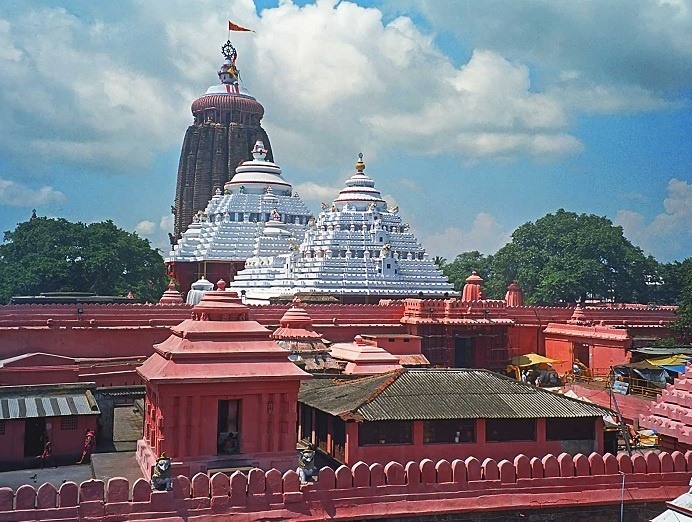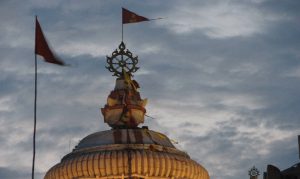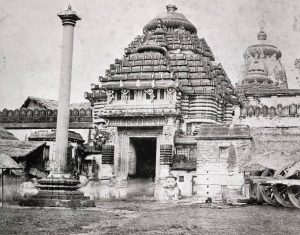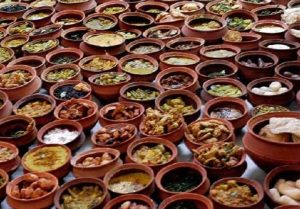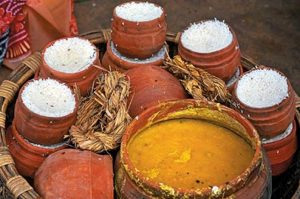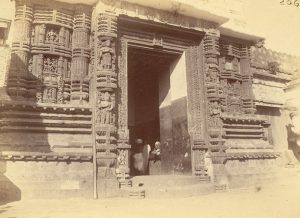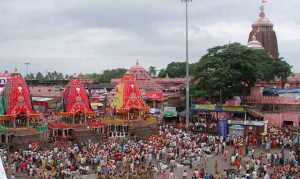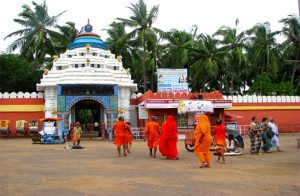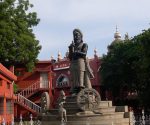Eleven amazing facts about Puri Jagannath temple
All over the world, including India, many people might know about Odisha as a small state in East India, but the name of Puri certainly has a high recall value across the world for being the land of Lord Jagannath which is famous for its annual Ratha Yatra. Jagannath Puri being one of the four dhams sees millions of devotees visiting the Jagannath temple throughout the year seeking the blessings of Lord Jagannath. The historic Jagannath temple (Shrimandira) at Puri was built in the year 1078.
As India is a land of a million mysteries, the following eleven incredible facts about the temple do not have a logical explanation. The temple of Lord Jagannath in Puri is one of most popular pilgrimage site for Hindus across the world. Here are a few mysteries of the temple:
1. The Brahma Inside the Idol
Every 12 years, the Brahma which resides inside Lord Jagannath’s idol is transferred to a new set of idols. This ritual has been going on since thousand of years, but nobody has ever seen the Brahman (the religious head of a temple). It is is told that when Lord Krishna’s body was cremated after his departure, Agni (Fire) could not burn his Heart, and so the Brahma inside Lord Jagannath’s idol is nothing but Lord Krishna’s heart.
2. The flag on top of the temple always blows, for lack of a better word, in the opposite direction of the wind.
3. You cannot see any bird flying over the Puri Jagannath Temple.
4. Irrespective of where you stand in Puri, it seems to you that the Sudarshana Chakra on top of the temple is always facing you.
5. Usually in coastal areas during the day-time, the breeze blows from the sea towards the land and during evening hours it blows from the land towards the sea. But in the case of Puri it is the reverse.
6. The shadow of the main dome of Jagannath temple is not visible, whatever be the time of day. Maybe an architectural feat or the Lord’s desire.
7. The prasadam (food prepared in the temple) prepared on any given day is neither wasted and nor does it fall short of the demand. It doesn’t matter if a few extra people come, or a few less people. The temple never fails to feed everyone.
8. In the Temple kitchen, 7 pots are kept one on top of another, and cooked on firewood. In this process the contents in the topmost pot get cooked first & then the bottom one.
9. After entering the temple from Singha dwara’s entrance, after the first step you cannot hear any sound produced by the ocean. But, when you exit it can be clearly heard. This can be noticed clearly during evening. There is no scientific explanation for this. Legend has it that Subhadra Mayi, the sister of the two Lords wished peace and serenity within the temple abode and hence it was made to come about that way.
10. The Ratha Yatra at Puri was initially performed with two sets of chariots (3 plus 3). As there was a river flowing in between Shrimandira and Gundicha (Mausi maa) temple, the first set of chariots were used to transport the Deities till the river, and then the Deities had to cross the river in three wooden boats and then board the other set of chariots to travel till the Gundicha (Mausi maa) temple.
11. Every year there is a place just ahead of the Gundicha temple where the procession comes to a stop by itself. This is a mystery. The temple doors are closed to the public after 6 P.M. and in spite of elaborate planning, the proceedings are delayed in every Yatra. Thereby this delay gives an opportunity for the thousands of devotees to have darshan of the Deities at a time which otherwise would not have been possible in the precincts of the temple. Probably it is the Lord’s way of conveying that all mortals are alike in His eyes.






